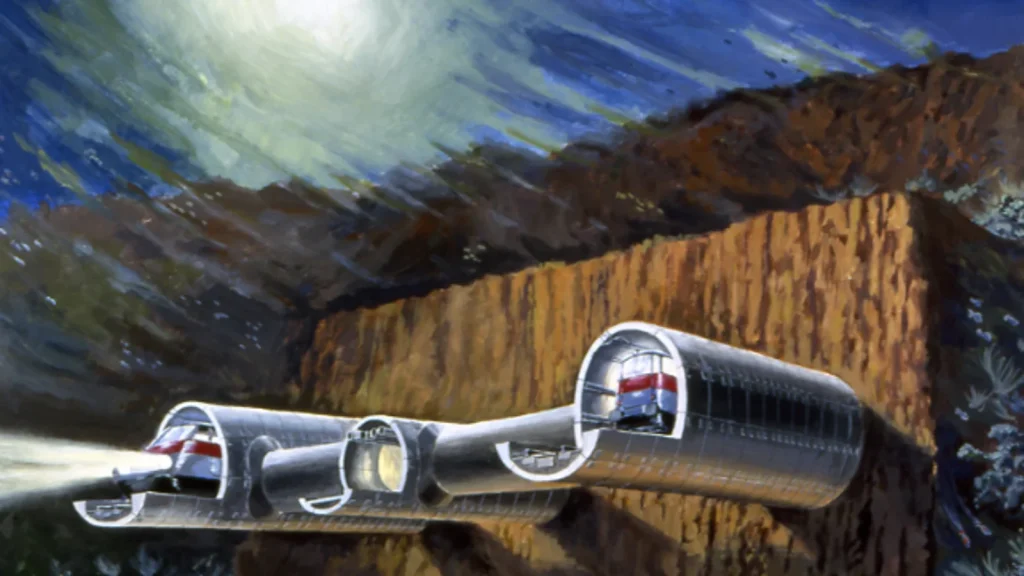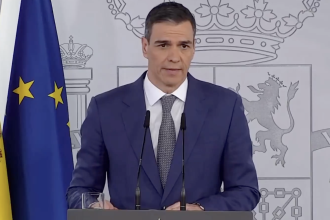The Spanish government has taken a major step forward in the long-discussed Spain–Morocco undersea tunnel.
It comes after it commissioned the state-owned firm Ingeniería y Economia del Transporte (INECO) to draw up a detailed design for the first exploratory tunnel beneath the Strait of Gibraltar.
Moroccan media have described the move as the most significant progress since feasibility studies began roughly half a century ago.
Under the mandate, INECO must deliver a complete update of the project’s preliminary phase by August 2026, the first comprehensive revision since 2007.
The assignment covers the design of the exploratory gallery running between Punta Paloma in Spain and Punta Malabata in Morocco.
This pilot tunnel will allow engineers to verify geological conditions in the most challenging part of the strait, particularly the zones crossed by ancient underwater channels which, historically, have posed the greatest technical obstacles.

According to recent assessments, excavation of such a gallery is now technically feasible, thanks to technological advances that were not available during the 2007 evaluation.
In the long term, the exploratory tunnel could become part of the final infrastructure, by serving as a safety corridor, maintenance shaft or a conduit for energy and communications services.
Redesign on the Spanish side and a likely station near Figar de la Frontera
The updated project also involves revising the route on the Spanish side and identifying the definitive location of the northern station.
Authorities are analysing how it would connect to the Cadiz–Sevilla rail line, along with access roads, urban-integration requirements and logistics planning.
Geology, hydrology and seismic risk to be reassessed
The geological and hydrogeological chapters will be completely reconstructed, using new land-based and marine data.
This includes fresh mapping, updated seismic-activity analysis and identification of potential sources of construction materials.
Current EU standards require the full revision of ventilation and safety systems, including new fire-simulation modelling.
A massive engineering feat
The sheer scale of the assignment will demand more than 15,000 hours of engineering work and involve teams specialising in geology, structural design, safety planning and large-scale infrastructure.
According to internal estimates, tendering for the exploratory tunnel could begin in 2027, before on-site works could be expected to begin in 2030.
The main rail tunnel, designed for passenger and freight services, could, optimistically, be completed between 2035 and 2040.
Spain’s share of the final cost is projected to be around €8.5 billion.
Read more Andalucia news at the Spanish Eye.








